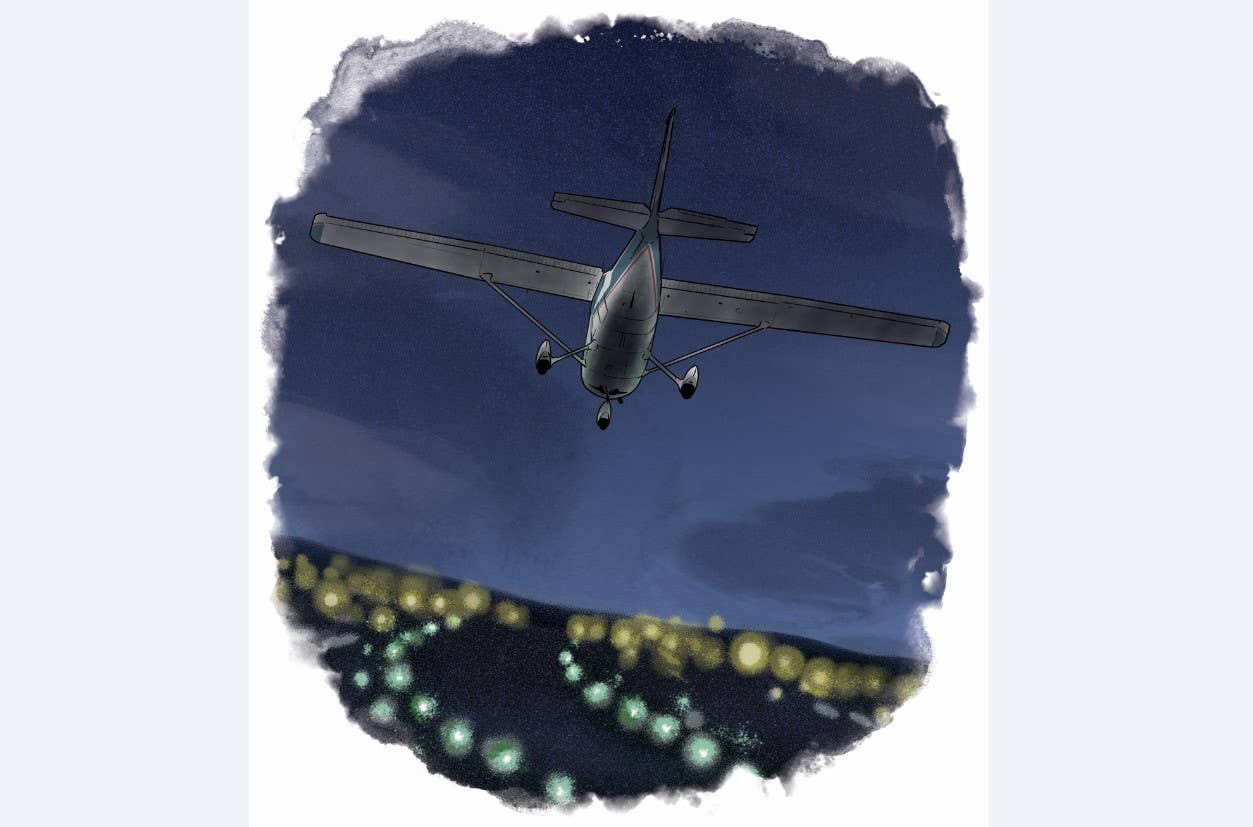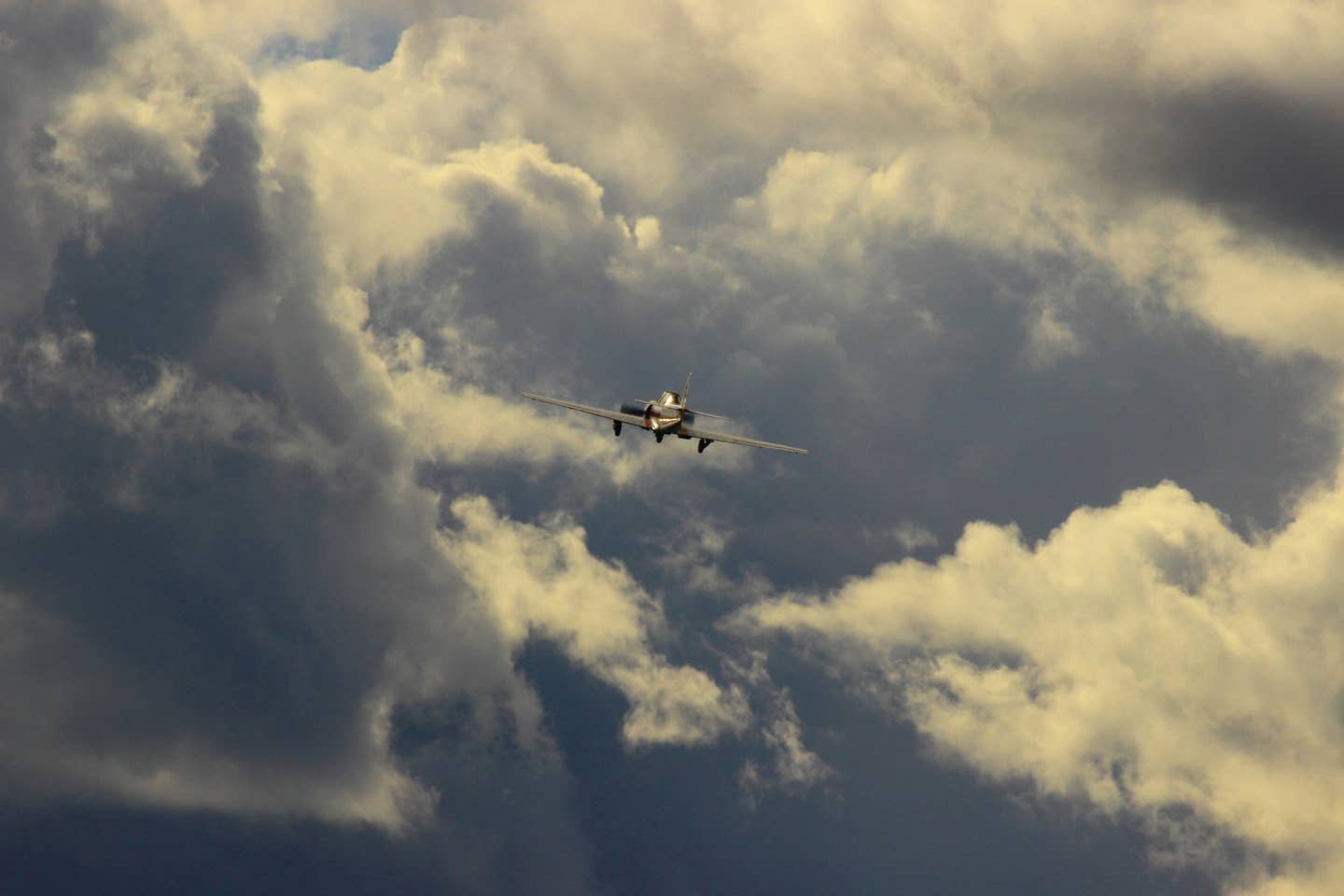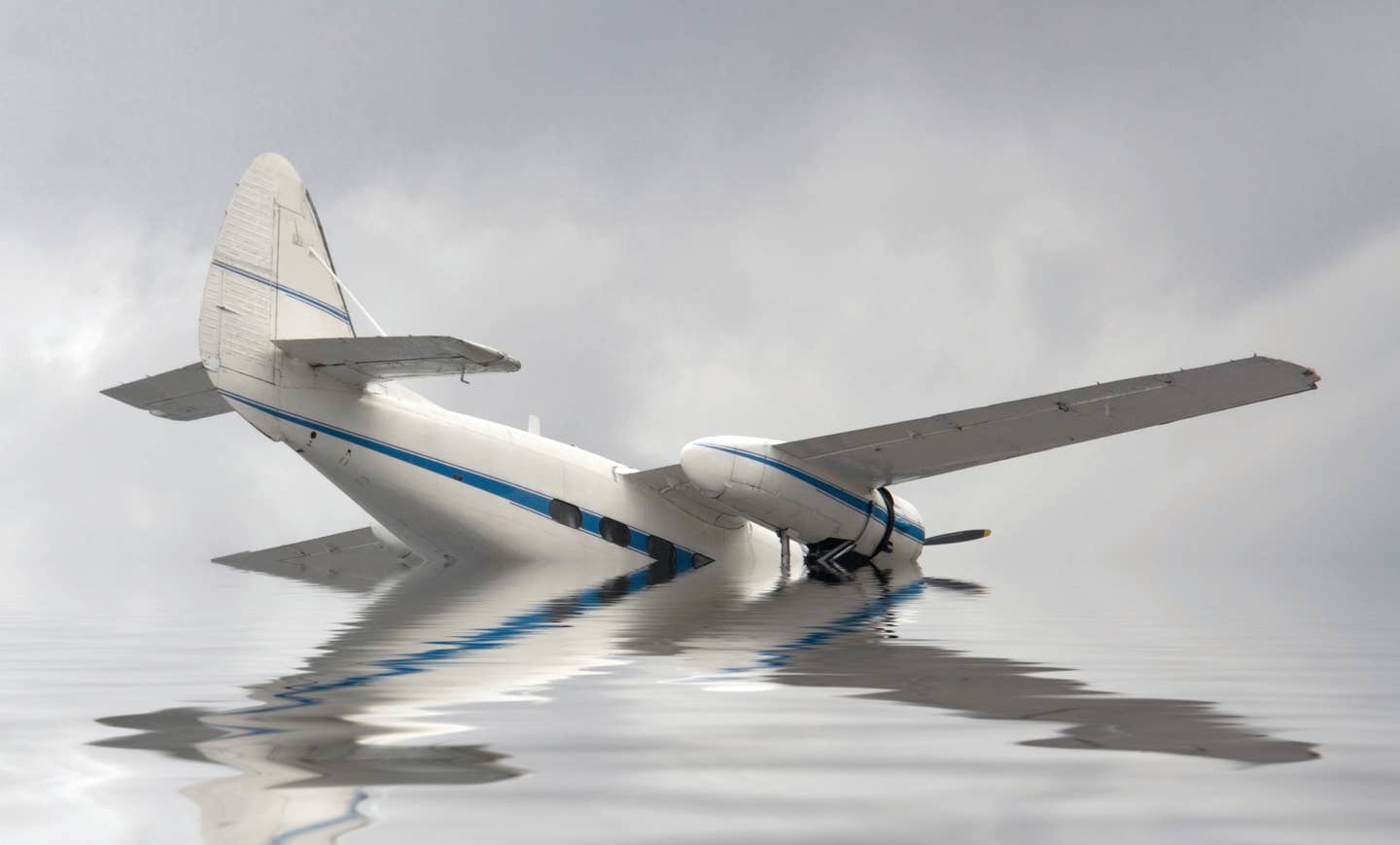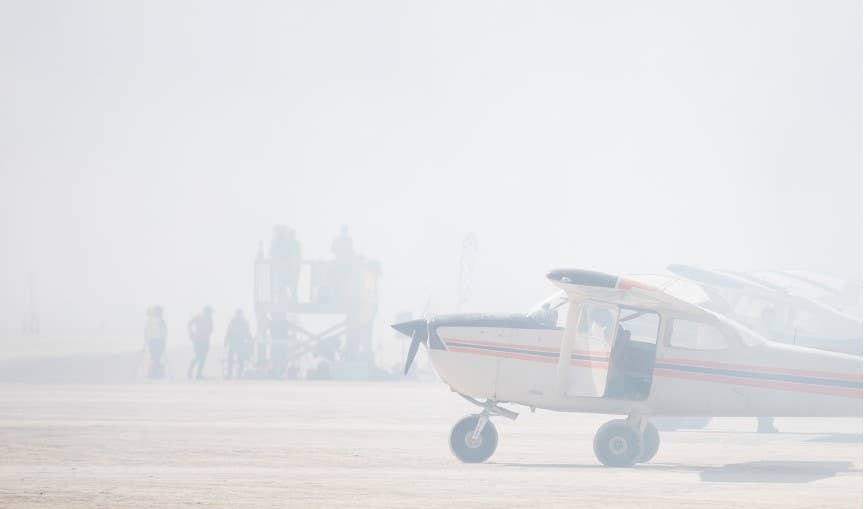Capturing the Essence of Flying
The romance and dream of aviation on the big screen.
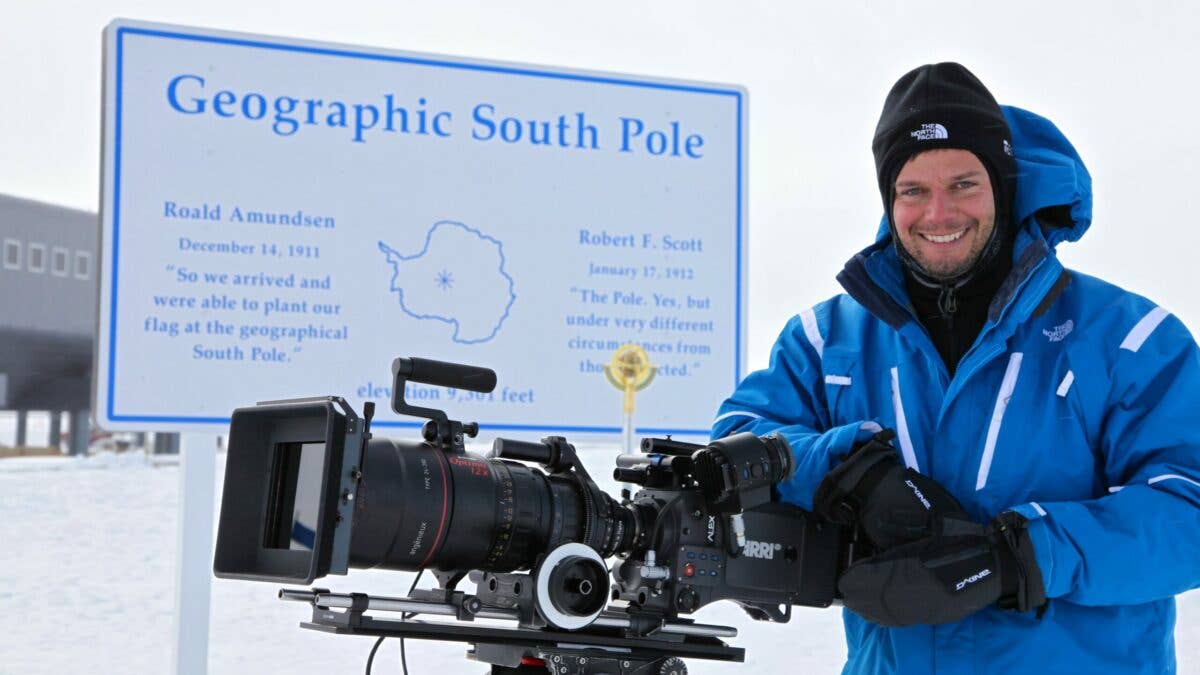
Producer/director Brian J. Terwilliger’s aviation documentary films feature elegant camera work showing stunning aerial scenes that take viewers on a journey into our colorful world of aviation. [Courtesy of Brian J. Terwilliger]
We've all seen documentary films we love, and if you are reading this, chances are pretty good that you loved One Six Right and Living in the Age of Airplanes. Both captured the essence of what it means to fly, with lusciously layered storylines delivered brilliantly by producer/director Brian J. Terwilliger. Both of Terwilliger’s aviation documentary films featured elegant camera work showing stunning aerial scenes, and took viewers on a journey into our colorful world of aviation. But as you will see in this interview with Terwilliger, making films is a difficult undertaking full of challenges, and an incredible amount of work goes into taking these projects from conceptual idea to distribution and ultimately being shown on a big screen.
If you're not already a subscriber, what are you waiting for? Subscribe today to get the issue as soon as it is released in either Print or Digital formats.
Subscribe NowFLYING Magazine (FM): When do you first remember developing a love of airplanes?
Brian J. Terwilliger (BJT): I grew up watching the Blue Angels, building and flying model planes, and turning the walls of my childhood bedroom into an aviation shrine. As a boy, I watched my first IMAX film at the Smithsonian National Air and Space Museum in Washington, D.C., and little did I know then that my passion for airplanes would culminate in a career in aviation filmmaking. It was a life-fulfilling moment to return a couple of decades later to premiere Living in the Age of Airplanes in the same IMAX theater!
FM: What is the backstory on how One Six Right moved from idea to production? Was there one instance, conversation, or lucky break that made that film a reality?
BJT: I learned to fly at the Van Nuys Airport (KVNY). The movie started out as a love letter to my home airport but evolved into a story about the value and struggle of all GA airports. After the idea was born, I reached out to the VNY public affairs office for support and access. Tomy surprise, I was met with heavy resistance. I suppose they didn’t believe that I was actually going to focus on the positive! In the end, the airport became a great ally to the film—but it took years.
FM: You have just remastered One Six Right for Blu-ray—tell us about that project.
BJT: One Six Right was filmed using the Panavision/Sony F900 1080/24p digital cinema camera, and because of the technical limitations of DVDs in that era, less than 20 percent of the camera’s resolution could be displayed. We remastered the film so the full 1080p image could be experienced on an HDTV. It took two about six months full time to rebuild the film shot-by-shot using the original HDCAM source tapes. We overlaid the full HD resolution shots over the DVD version and matched the images, frame for frame. After color correction and digital enhancement using the latest software, the result is a stunning version that looks surprisingly modern.
FM: How long did it take to shoot, edit and secure distribution for both of your documentaries?
BJT: Altogether, it took five years to make One Six Right, and six years to make Living in the Age of Airplanes. They were both extraordinary undertakings, but equally rewarding. I led the efforts from fundraising to marketing and everything in between, though more than 500 people were instrumental in making the two films. Countless decisions were made daily that ultimately resulted in less than two hours on-screen.
FM: Describe how the deal with National Geographic came together that leveraged your crew’s ability to travel to shoot the scenes for Living in the Age of Airplanes?
BJT: National Geographic wasn’t actually involved with the making of the film—I raised the film financing independently and shot it on all seven continents years before NatGeo ever saw it. By making the film without a distributor or release date, I was able to retain complete creative freedom to tell the best version of the story. The message and imagery of the film were a natural fit for NatGeo, and I was thrilled to partner with them as the distributor for the IMAX release in 50 cities worldwide.
FM: What sort of logistical challenges were encountered along the way?
BJT: Documentaries typically have small crews, but since this film didn’t include any on-camera interviews, we didn’t need lighting technicians or even a sound recordist. When traveling to 18 countries over a yearlong period, each additional crew member represents an extraordinary amount of additional money for airfare, lodging, food, etc. The magic formula was a crew of four, including me. The logistics were quite complicated, dealing with foreign languages, interpreters, government agencies, and complex permits for ancient and spiritual sites, gaining access to the Louvre, etc.
FM: In Living in the Age of Airplanes, was that your creative vision to create stunning imagery, or just good luck?
BJT: Our goal was to capture the most stunning images possible! The secret—besides a talented crew and the best equipment—was patience and persistence. We often shot the same subject on multiple days and during different times of day until we got what we were looking for. I set very high standards, and my appetite for great images was insatiable.
FM: Describe the coordination involved in both films between your crew and the pilots flying the subject airplanes. How much did safety play into your decisions?
BJT: Safety is always first. The most important goal in every aerial photo mission is arriving back safely. If we got good shots, that’s a bonus. We’re making a movie—no shot is worth an unnecessary risk, and we plan accordingly. I always create shot lists before a shoot, and even more so with aerials. In the case of air-to-air, everything is briefed beforehand and all questions are addressed on the ground. During the flying sequences, I sit in the backseat of the helicopter with a monitor, and there is constant communication between myself, the pilot, the director of photography, and the pilots flying the subject aircraft. It’s a creative ballet in the air.
FM: Following a bouquet of flowers from the grower in Kenya to the wholesale market in Amsterdam to a vase in Alaska in just over 17 hours in Living in the Age of Airplanes was brilliant. How did the idea come together?
BJT: Airplanes not only take us places far and fast, but they also bring the world to us. Of all the things that travel by air, flowers made the most striking example of a time-sensitive product. The logistics were completely authentic down to the FedEx delivery of the Kenyan flowers in Anchorage, Alaska.
Quick 6
Who’s the one person living or dead (or fictional) you would most like to fly with?
Pete Mitchell
If you could fly any airplane or helicopter you have not yet flown, what would that be?
The space shuttle
What is one airport you’ve always wanted to fly into?
An aircraft carrier
What do you believe has been aviation’s biggest breakthrough event or innovation?
Astounding reliability and safety of jet-powered airplanes
What is one important life lesson learned from being a filmmaker?
The power of determination and perseverance
When not shooting a film, I’d rather be…
Traveling and collecting new experiences
This article was originally published in the February 2023 Issue 934 of FLYING.

Subscribe to Our Newsletter
Get the latest FLYING stories delivered directly to your inbox



